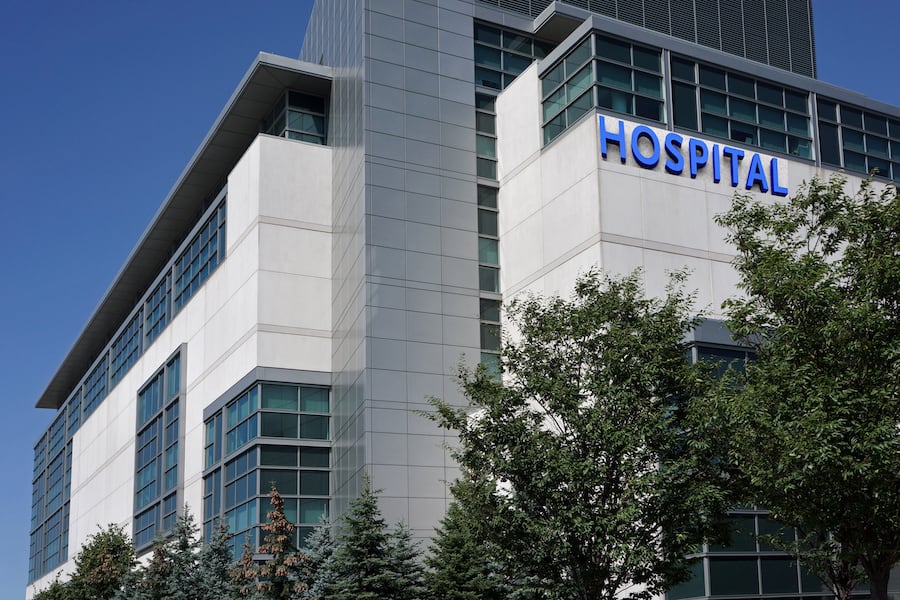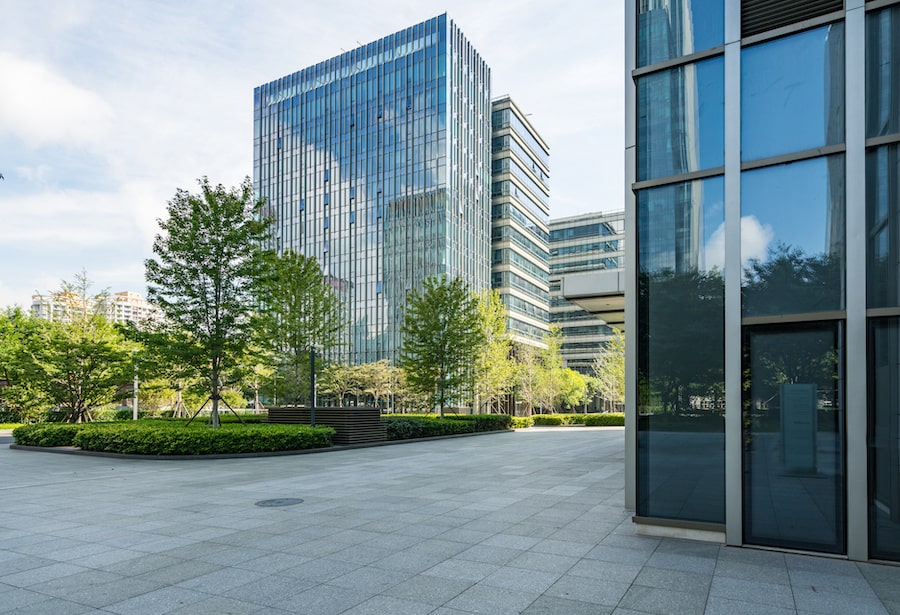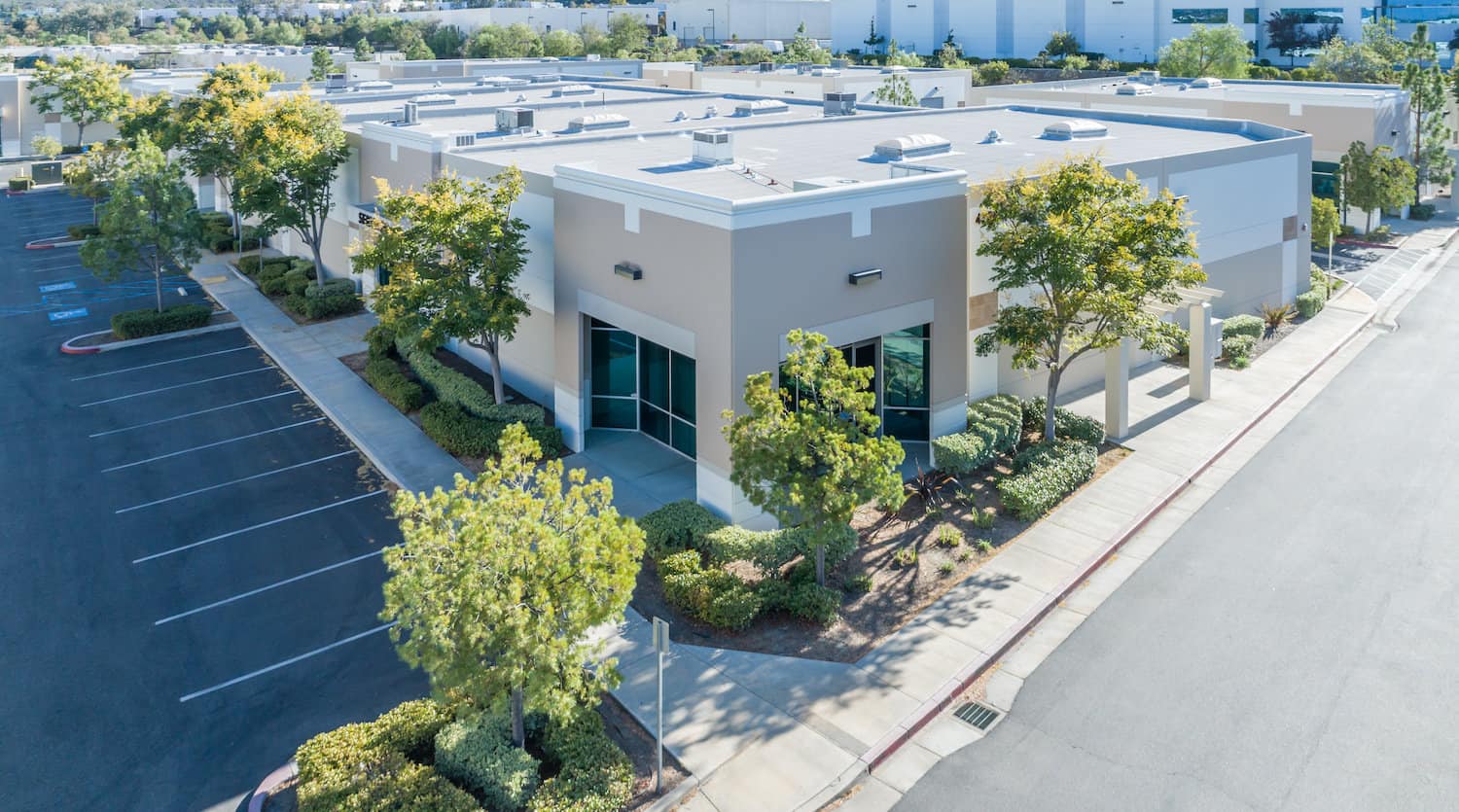Landscaping around your commercial foundation to spruce up your property? Understand how landscaping can affect your foundation’s health first.
Consideration when landscaping around your commercial foundation is critical when it comes to beautifying a commercial property. The right landscaping (in the right places) can offer a major facelift. Whether you’re looking to upgrade your existing landscape or create an entirely new one, it can be easy to get carried away with the amount of beautiful trees, shrubs and bushes you can select. Before you start landscaping around your commercial foundation, make sure you’re aware of the risks of poorly-planned landscaping. The wrong landscaping decisions can have a major impact on your building’s foundation and, ultimately, its overall value.
How can planting trees and shrubs affect my building’s foundation?
There are both risks and benefits associated with trees and their proximity to buildings. However, the risks can be far-reaching and extremely detrimental to your building’s foundation in the long run, so it’s important to think very carefully about trees and their placement before you begin the landscaping process. The impact on the foundation primarily comes from the tree’s roots.
Trees and shrubs can help absorb excess moisture that may be surrounding a building’s foundation, which can ultimately reduce drainage issues and help keep the foundation dry and stable. If your commercial property is showing signs of foundational issues related to excess moisture, or if it’s located in an area that gets a lot of rainfall, strategically placing plant life and trees can benefit you in the long run.
On the other hand, it’s hard to predict whether those roots are going to soak up too much or too little moisture – or both. Trees planted too close to your building can create excessive fluctuations in soil moisture and cause the soil to expand and contract, which puts pressure on the building’s foundation. This pressure can be amplified if those roots begin to cause structural damage. Over time, this pressure can cause severe foundational cracks and potentially cause thousands of dollars of damage to the interior of the building as a result.

How can removing trees impact my building’s foundation?
Installing new landscaping isn’t the only project that poses a risk to your foundation – removing trees from your property can cause just as much damage if not planned and executed very carefully. Many property owners make the mistake of removing foliage without considering their building’s foundation, and the damage is far-reaching and extremely detrimental to their entire building’s structure.
It’s especially important to be extra careful when removing trees in Texas, since our trees are notoriously huge and have extensive root systems.
The risk of removing a tree largely comes from that tree’s impact on your soil and the amount of moisture its roots were absorbing. If you had a large tree planted near your building’s foundation, that tree’s sprawling roots were absorbing a huge amount of moisture, thus protecting the foundation from being impacted by excess moisture. When that tree is removed, the soil beneath your foundation will likely begin to swell.
So how can you ensure your foundation won’t be harmed when you choose to remove trees from your landscape? Experts recommend finding a professional to help you with tree removal, as it’s a very delicate and potentially dangerous process.
How far away from my commercial property should I plant?
It’s important to keep in mind that roots grow much wider than the width of the canopy of the tree. While the outer lengths of these roots are mostly small and fibrous, that’s not always the case.
Experts typically recommend the following guidelines for planting trees near your building:
- Small trees (up to 30 feet tall): 8 to 10 feet from building
- Medium trees (30-70 feet tall): at least 15 feet from building
- Large trees (Larger than 70 feet): at least 20 feet away from building
However, these measurements vary slightly if you’re placing a tree near the corner of your building. In this case, guidelines are as follows:
- Small trees: 6 to 8 feet away from building
- Medium trees: 12 feet away from building
- Large trees: 15 feet away from building
Shrubs and small bushes adhere to different standards. Their root systems aren’t as extensive or far-reaching as trees, so you can plant them closer to your building without running the risk of damaging your foundation.
Keep medium-height shrubs at least 3 feet from your building and tall shrubs at least 5 feet away. As a general rule of thumb, experts recommend planting shrubs at least half the distance of their mature (full-grown) spread away from your foundation. For example, a shrub that grows 20 feet wide should be placed 10 feet away from your building.
Plants with very small root systems, such as annual flowers, can be safely placed as close as 6 inches away from your foundation.
Best Trees to Plant Near Your Foundation
Your first step in choosing your new foliage should be to research into what plants are native to the location and terrain of your building, as these plants will require less maintenance. Understanding what types of trees and shrubs thrive best in your city’s climate and infrastructure is also important to ensuring you choose plants that will stand strong for years, or even decades, to come.
Here are some top expert recommendations for foundation-safe shrubbery in Texas:
- Juniper
- Yew
- Boxwood
- Laurel
Depending on your color, shade and maintenance preferece, here are some ideas for the best trees to plant near your foundation:
- Oak
- Cyprus
- Junipers
- Dogwood
- Redbud
- Magnolia

Establishing Drainage Systems and Tools
If you’re looking to plant trees across your commercial property, it’s important to also map out where you’ll install drainage systems and grates. Without the proper drainage system, even the smallest plants and shrubs can pose a major risk to your foundation.
The type of drain you use will depend on the type of foundation and soil under and around your property – both of which can be determined by Perma Pier. Proper drainage systems are essential not only to protecting your foundation from the impacts of landscaping; they also protect it from run-off water that can erode the soil around your property.
There are many types of drains available, including:
- Surface drains: These drains are installed just below ground level and are commonly utilized to prevent rain water from sloping down into a foundation.
- Channel drains: These are similar to surface drains, but are specifically used to collect water from hardscapes and concrete surfaces.
- French drains: These drains are designed to collect subsurface water (which would flow right past a surface drain) rather than surface water.
- Retaining walls: These are a strong, sturdy option for preventing run-off water from eroding the soil. These can also be the most aesthetically appealing option.
Quick Tips for Planting Foundation-Safe Trees
With so many options and so much spatial planning to consider, what are the most important things you should know before deciding the landscaping around your foundation?
- Grade your soil away from your building’s foundation to ensure water can run off the soil and prevent standing water from damaging your foundation.
- The root system of your plants at maturity is the ultimate deciding factor –research and consult with an expert on how extensive these systems are and how much of a potential risk they could be to your foundation.
- Consider how much sunlight each plant needs and plan placement around the direction the sun faces for the majority of the day.
- Don’t place shrubs too close together.
No matter what plants and trees you end up choosing, we highly recommending getting a foundation inspection completed well before you begin planting. This will ensure your commercial property can safely host the beautiful plant life you’re envisioning.
Want to make sure your commercial property foundation is holding up? Perma Pier offers no-cost evaluations – schedule yours today.


